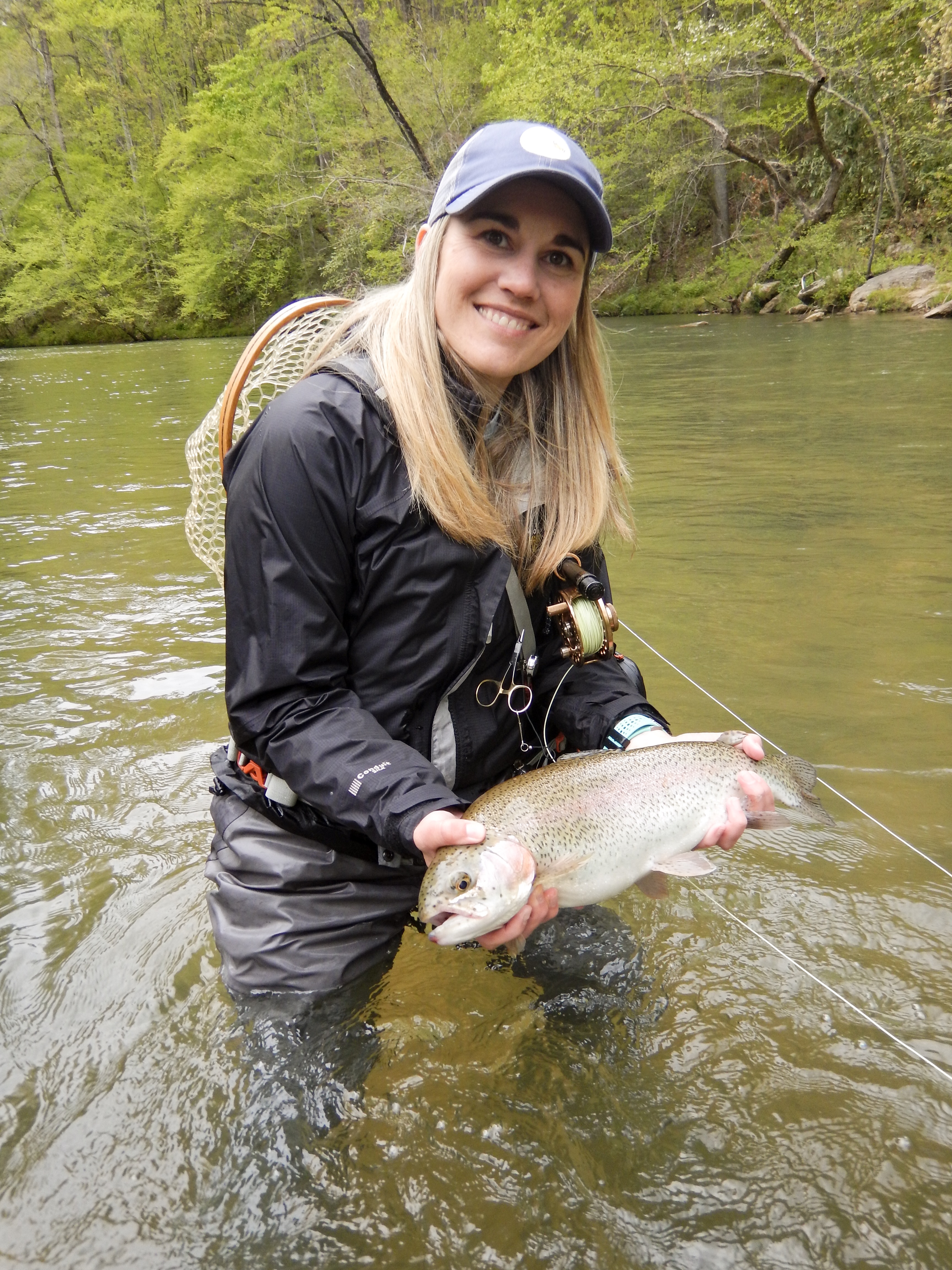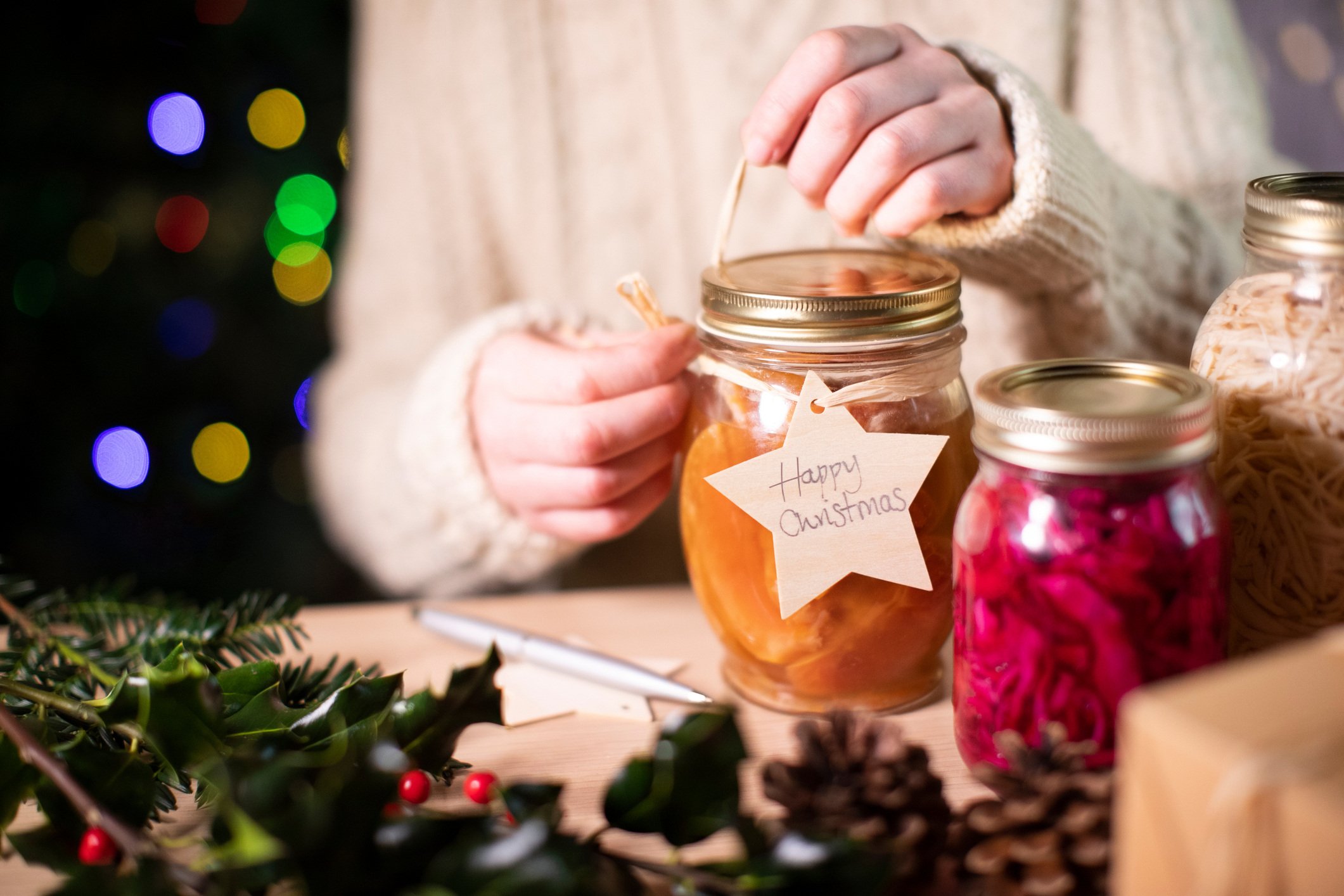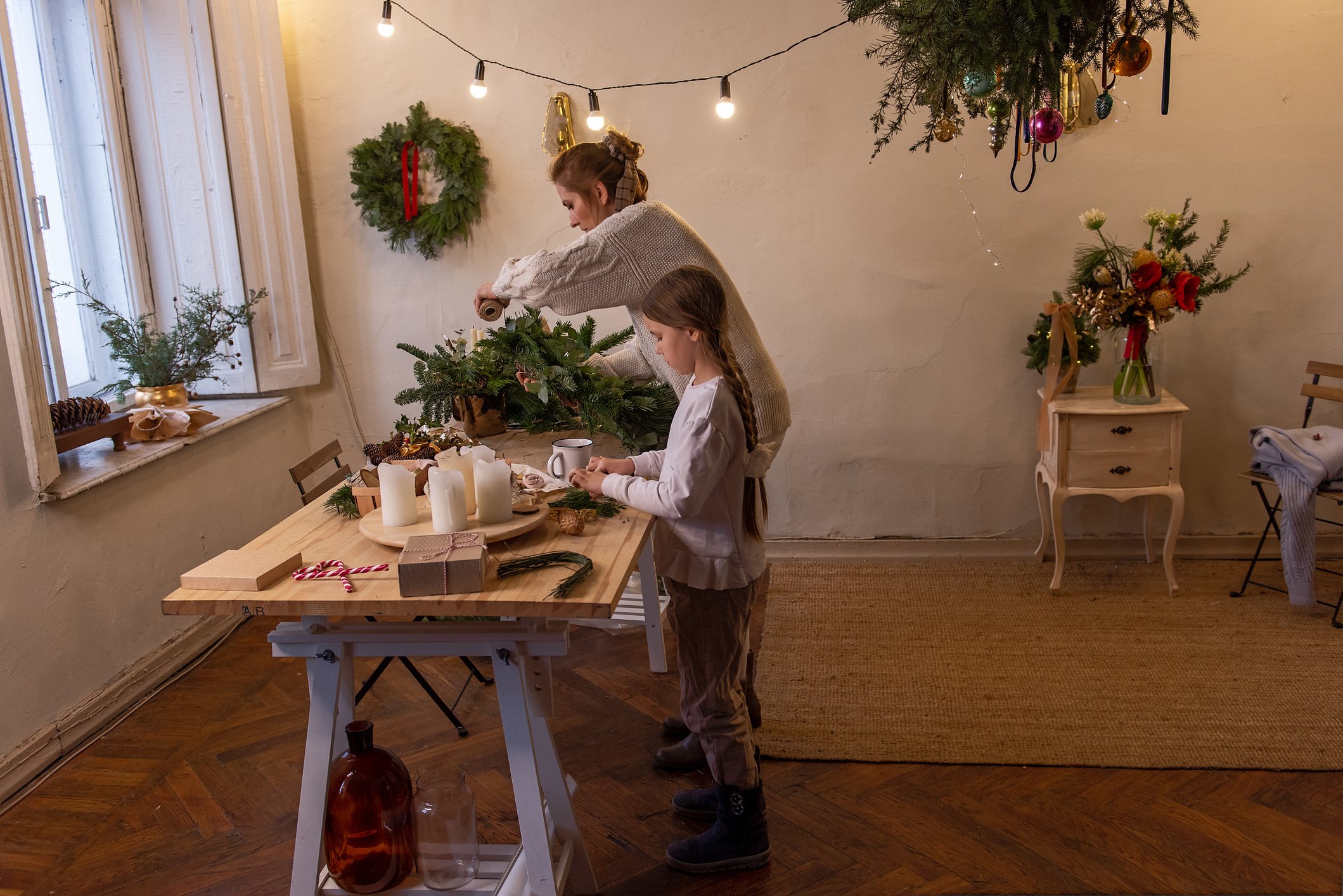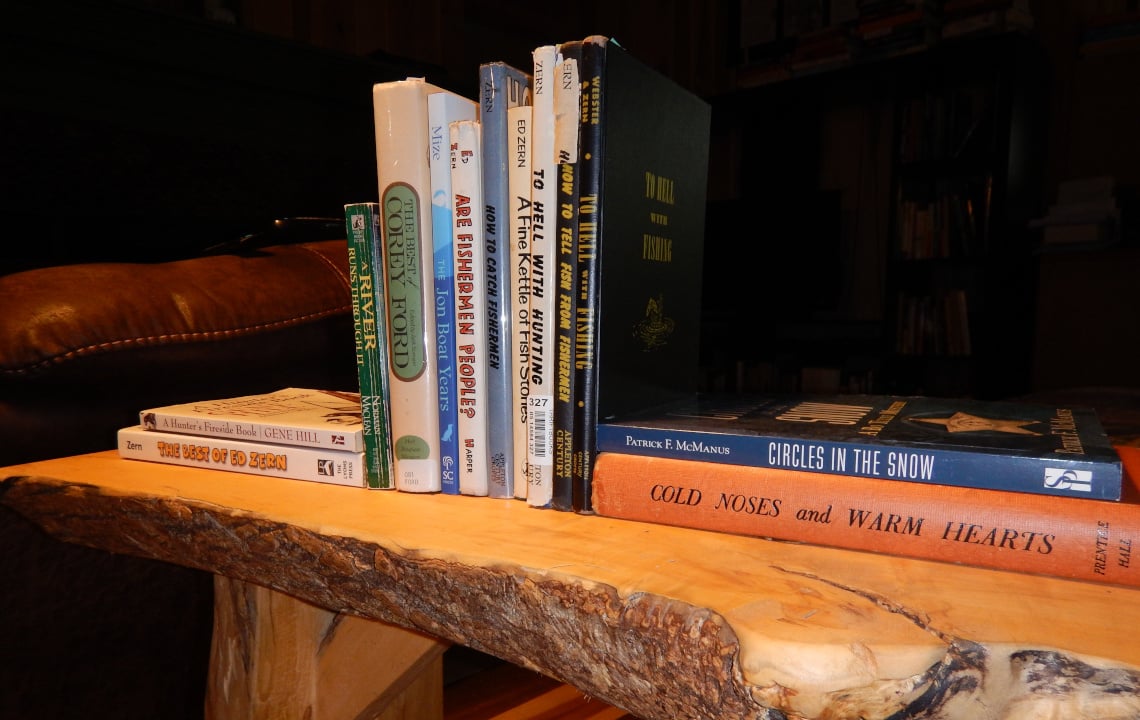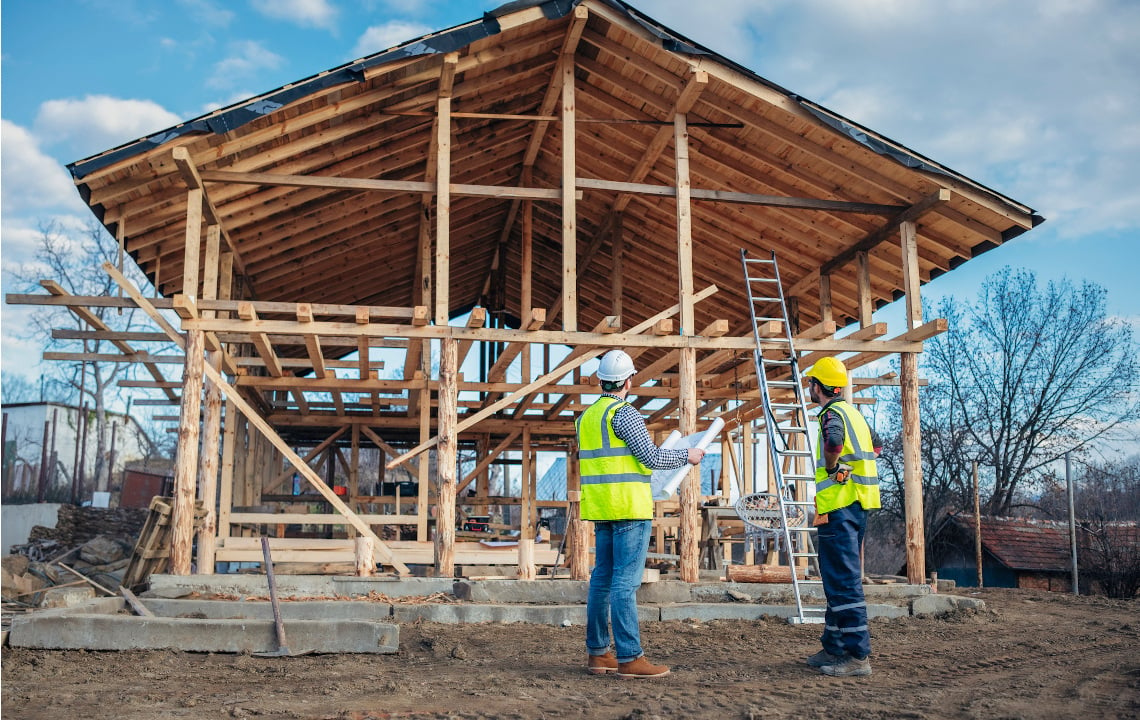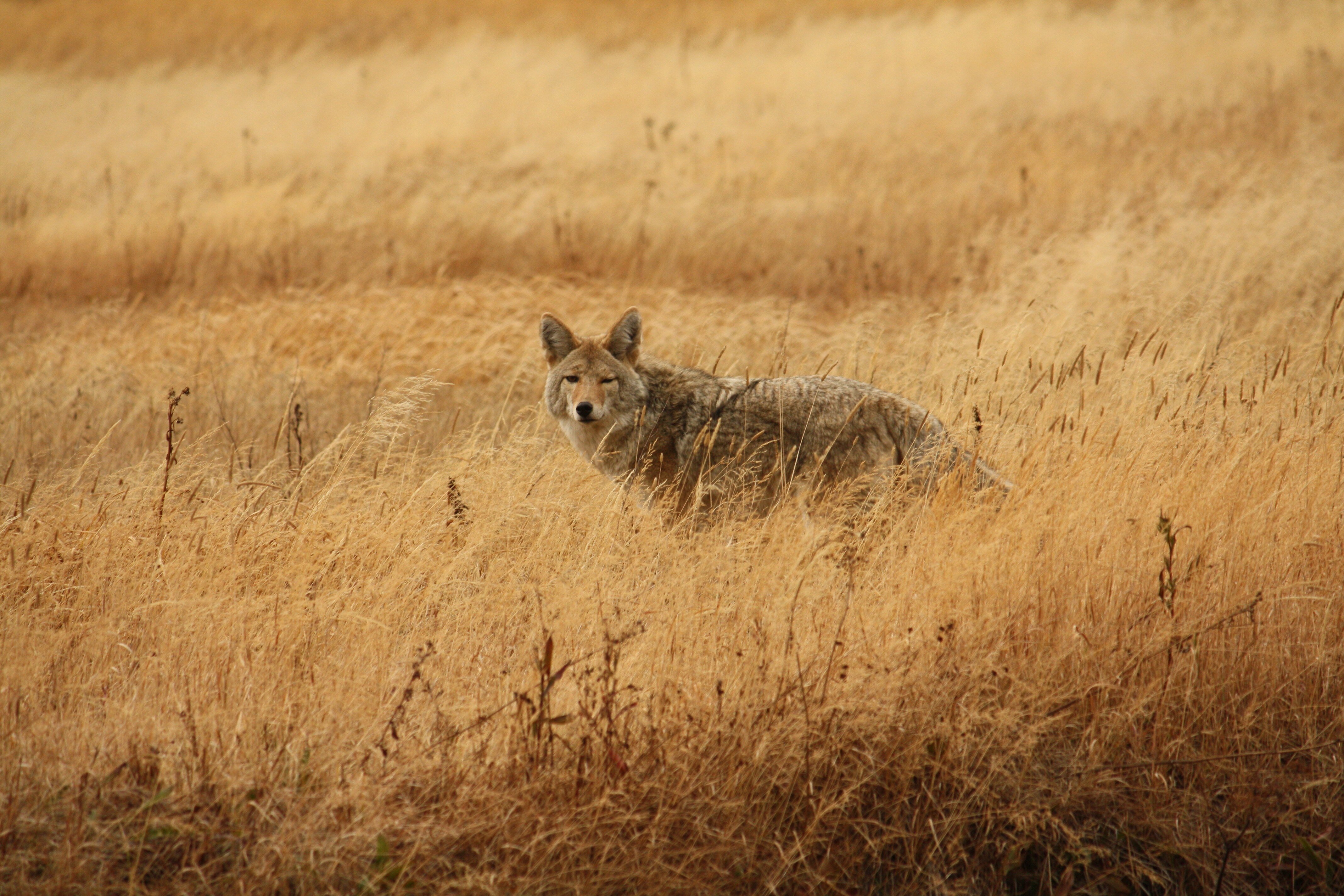In Part 3 of our Summer Science Series, outdoor mom Corey Hunt shares how to build a DIY Terrarium step-by-step with your kiddos at home.
Each spring and summer the home improvement stores in our area are bursting with blooming plants, just perfect for a garden. Green thumbs are a hard-earned skill, as I have learned the hard way.
I have unsuccessfully planted and killed more plants than I care to admit.
I admire those who can cultivate a garden and welcome any advice for my yard. So this year, when my kids asked for a garden, I suggested we try our hands at a terrarium.
What Is A Terrarium?
A terrarium is a small indoor garden housed in a transparent container where you can watch it grow.

Terrariums are an easy way to start growing plants because you can control the environment, instead of hoping that nature cooperates. They require very few materials and are quick to set up, which makes them a fun project for all ages.
Follow the steps below to get started.
1. Planning
The first step is choosing plants and a container to house them in. Look for plants that grow well in low to medium light, such as a polka dot plant.
Then, select a clear container with a wide opening to give your hands room to work while planting. Keep in mind that almost half the container will be soil products. Also, give your plant room to grow. Select a larger container size if you would like to plant more than one species in the container.
 2. Start Layering
2. Start Layering
After selecting a container, it’s time to start layering.
The bottommost layer of the terrarium should be some type of small rocks or pebbles. This gives the water or excess moisture somewhere to drain away from the root of the plant. Try to layer the pebbles about an inch, maybe more for a larger terrarium.
Next, crack open a tablet of activated charcoal and sprinkle over the pebbles. This will help with drainage and absorb odors.
3. Potting Soil
Next, it’s time to start heaping in the potting soil. This layer needs to be deep enough that the roots of the plant don’t touch the rock level.
Aim for several inches of potting soil, but leave enough room for the plant to grow without touching any of the sides or top of the terrarium.
4. Time to Plant
Place your plant or plants in the middle of the terrarium, making sure that the largest goes in the middle. This way, the smaller plants still have access to the light source without being blocked out by the larger ones.
Decorate with different-colored rocks or ground plants such as moss to add visual interest to the terrarium.
Fill in around the plants with extra potting soil to secure them in the ground.

5. Water
Finally, spritz a couple of squirts of water from a water bottle into the terrarium and close the lid. This will lock the moisture in the container, allowing the plant to have everything it needs to thrive.
Monitor the soil, but 1-2 spritzes every couple of weeks should be plenty of moisture for most plants.
Place the terrarium in a well-lit area and Enjoy.
Additional Tips For Your DIY Terrarium
Selecting and finding our equipment and materials for the finished product took about an hour. If you are working indoors, I suggest working over an old bed sheet or shower curtain to catch any loose dirt or materials that might spill.
This would be a great rainy-day activity for indoors or outdoors during the spring and summer months.

Finally, have fun and get creative! There are lots of creative ideas for DIY terrariums online with different themes, such as fairylands, beach themes or succulents.
Want More Summer Fun Ideas for the Kids?
Check out the other articles in this summer science series by Corey Hunt, including:




